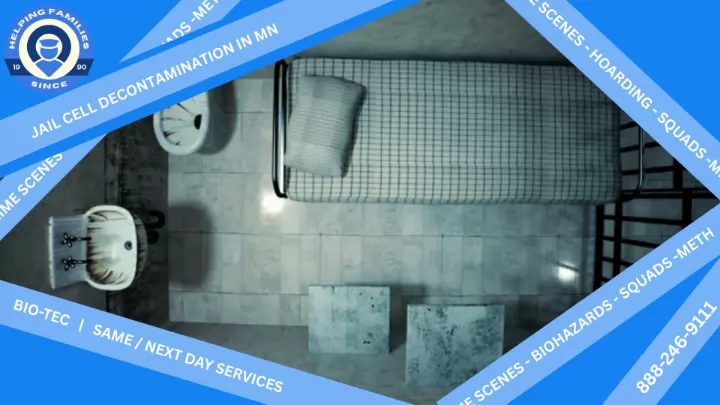How quickly should professional suicide cleanup services be called?
Professional suicide cleanup services should be called as quickly as possible after law enforcement and medical examiners have completed their work and released the scene. **Time is of the essence** for several critical reasons. Firstly, the longer blood and bodily fluids remain, the deeper they can penetrate porous materials like concrete, wood, subflooring, and fabrics. This deeper penetration makes the cleanup process more complex, more extensive, and potentially more costly, as more structural elements may need to be removed and replaced. Secondly, the decomposition process begins almost immediately after death. As organic matter breaks down, it releases strong, pervasive odors that can quickly permeate the entire property, becoming increasingly difficult to remove over time. Rapid response helps to minimize this odor absorption and prevent it from becoming deeply embedded. Thirdly, the risk of pathogen spread increases over time. While the immediate risk might vary, the longer biohazards are present, the higher the chance of contamination or exposure if the area is disturbed. Prompt cleanup minimizes this health risk. Finally, from an emotional perspective, a quick cleanup allows grieving families to begin the healing process sooner by restoring the affected space to a clean and safe condition, removing the visual reminders of the tragedy. Many professional cleanup services offer 24/7 emergency response to address these time-sensitive situations. Therefore, as soon as authorities release the scene, contacting a professional suicide cleanup company should be a top priority.
Are rodent feces dangerous to pets?
Yes, pets can be exposed to bacteria and parasites from rodent feces, leading to health issues.
Is special protective equipment required for cleanup?
Absolutely, PPE such as hazmat suits, gloves, masks, and eye protection is essential to protect workers from hazardous exposures.
Who performs biohazard cleaning?
Trained professionals certified in handling hazardous materials and following OSHA standards.
What steps are taken after exposure to animal waste in squad cars?
The area is cleaned, disinfected, and deodorized using advanced biohazard protocols.
How much do professional odor removal services cost?
The cost of professional odor removal services depends on several factors, including the size of the property, the type of odor, and the techniques required. Basic treatments for minor odors may be relatively inexpensive, while complex cases involving extensive damage or specialized equipment can be more costly. Professionals provide detailed quotes after assessing the situation, ensuring transparency. Investing in professional services not only resolves the odor issue but also prevents potential health risks and property damage, making it a worthwhile expense.
What cleaning methods are used after transporting individuals exposed to hazardous waste?
The vehicle is thoroughly decontaminated and tested for traces of hazardous substances.
What are natural deterrents for pigeons?
Reflective surfaces, predator decoys, and strong scents like peppermint oil can help keep pigeons away.
What steps are involved in meth lab remediation?
Meth lab remediation typically involves securing the property, ventilating the area, assessing contamination levels, developing a cleanup plan, removing contaminated materials, thorough cleaning of all surfaces, and conducting post-cleanup testing to ensure the property meets safety standards.
Can blood cleanup be done with household cleaning products?
No, household cleaning products are not designed to handle biohazardous materials. Blood can seep into porous surfaces, making it difficult to fully decontaminate without professional-grade disinfectants and techniques.
